
Garden stone: From delicate to rustic, find the one that will make your garden special!
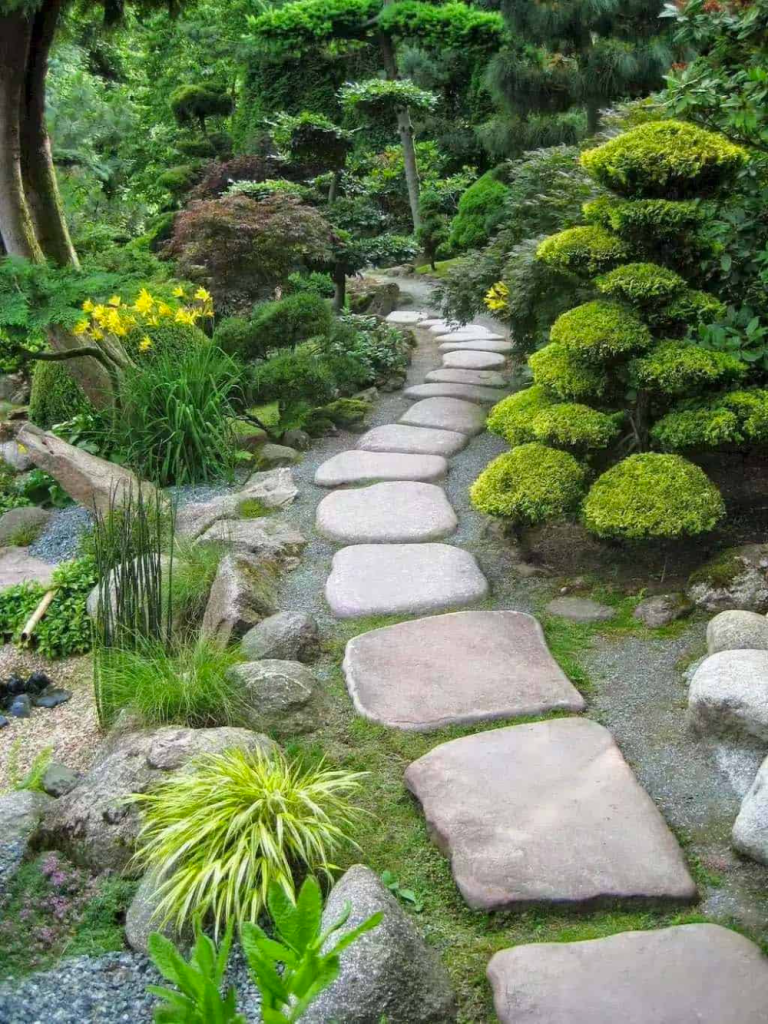
The different stones used in outdoor gardens can play an important role in landscape framing. Here are some ways to relate different types of stones with landscape framing in a garden:
Edging Stones: Edging stones or border stones can be used to create a defined edge around flower beds, pathways, or lawn areas. These stones help maintain the shape and design of the garden, providing a clean and organized appearance.
Stacked Stones or Rocks: Stacks of stones or larger rocks can be used to create retaining walls or to outline raised areas in the garden, such as raised beds or terraces. These stones add a natural and rustic feel to the landscape and can help create different levels and textures.
Paving Stones: Paving stones, such as stone slabs or pebbles, can be used to create paths, patios, or outdoor seating areas. The choice of paving stones can vary depending on the desired style, ranging from natural and irregular stones to polished and uniform ones. They help direct traffic flow in the garden and provide a solid surface for walking or sitting.
Decorative Stones: Decorative stones, such as pebbles, gravel, or colored stones, can be used to create focal areas or to add visual interest. They can be scattered around water features, flower beds, or used as ground cover in areas where grass is difficult to grow. These stones add texture, color, and a decorative element to the garden.
Feature Rocks: Large rocks or sculpted stones can be used as centerpieces or focal points in the garden. They can be strategically positioned in areas where they catch attention and stand out, such as in a Zen rock garden or a naturalistic-style garden. These rocks bring a sense of solidity and balance to the garden design.
When selecting stones for the garden, consider the overall landscaping style and the surrounding environment. The colors, textures, and shapes of the stones should harmonize with the natural backdrop and existing plants. Additionally, consider the functionality of the stones, such as proper drainage in pathways or soil retention in retaining walls.
Stones can be used in various ways to create a stunning and balanced landscape. Experiment with different combinations and layouts to achieve the desired effect, and enjoy the creative process of incorporating stones in the landscape framing of your garden.
How to use stone in gardens
Using stones in gardens can enhance the aesthetic appeal, create structure, and add texture to your outdoor space. Here are some ideas on how to effectively use stones in gardens:
- Pathways and Walkways: Create functional and visually appealing pathways using stepping stones, flagstones, or gravel. These can guide visitors through the garden, define walking areas, and provide a solid surface. Choose stones that complement the overall style of your garden, whether it's a formal, natural, or contemporary design.
- Retaining Walls and Terraces: Utilize stones to build retaining walls or terraces, especially if your garden has uneven terrain. Stones can provide stability, prevent soil erosion, and create distinct levels in the garden. Dry-stacked stones or mortared walls can be used based on the desired look and purpose.
- Rock Gardens: Design rock gardens by strategically placing stones of various sizes, shapes, and colors to simulate a natural rocky landscape. Incorporate plants that thrive in rocky environments, such as alpine plants, succulents, or groundcovers. The stones will provide a striking backdrop and create a unique planting area.
- Water Features: Enhance the tranquility of your garden with stone water features. Build a stone fountain, a cascading waterfall, or a small pond using natural stones to create a soothing and visually captivating element. The sound and movement of water combined with stones can add a serene ambiance to your garden.
- Borders and Edging: Use stones as borders or edging around flower beds, vegetable gardens, or lawns. This delineates different areas, prevents soil erosion, and adds a polished look to the garden. Choose stones that contrast or complement the surrounding plants and hardscape materials.
- Garden Accents: Place decorative stones strategically as focal points or accents in the garden. Large boulders, sculptural stones, or interestingly shaped rocks can serve as eye-catching elements. They add visual interest and provide a natural element to the overall design.
- Gravel or Mulch Replacement: Instead of traditional mulch or gravel, consider using decorative stones for ground cover. They provide a low-maintenance option and can be used to cover large areas or create specific design patterns.
Remember to consider the scale, texture, and color of the stones to ensure they harmonize with the surrounding plants and overall garden design. Pay attention to the arrangement and placement of stones to create a balanced and cohesive look. Additionally, ensure proper drainage and stability when incorporating stones into your garden.
By using stones strategically in your garden, you can create a visually captivating and inviting outdoor space that reflects your personal style and enhances the natural beauty of your surroundings.
Leave a Reply
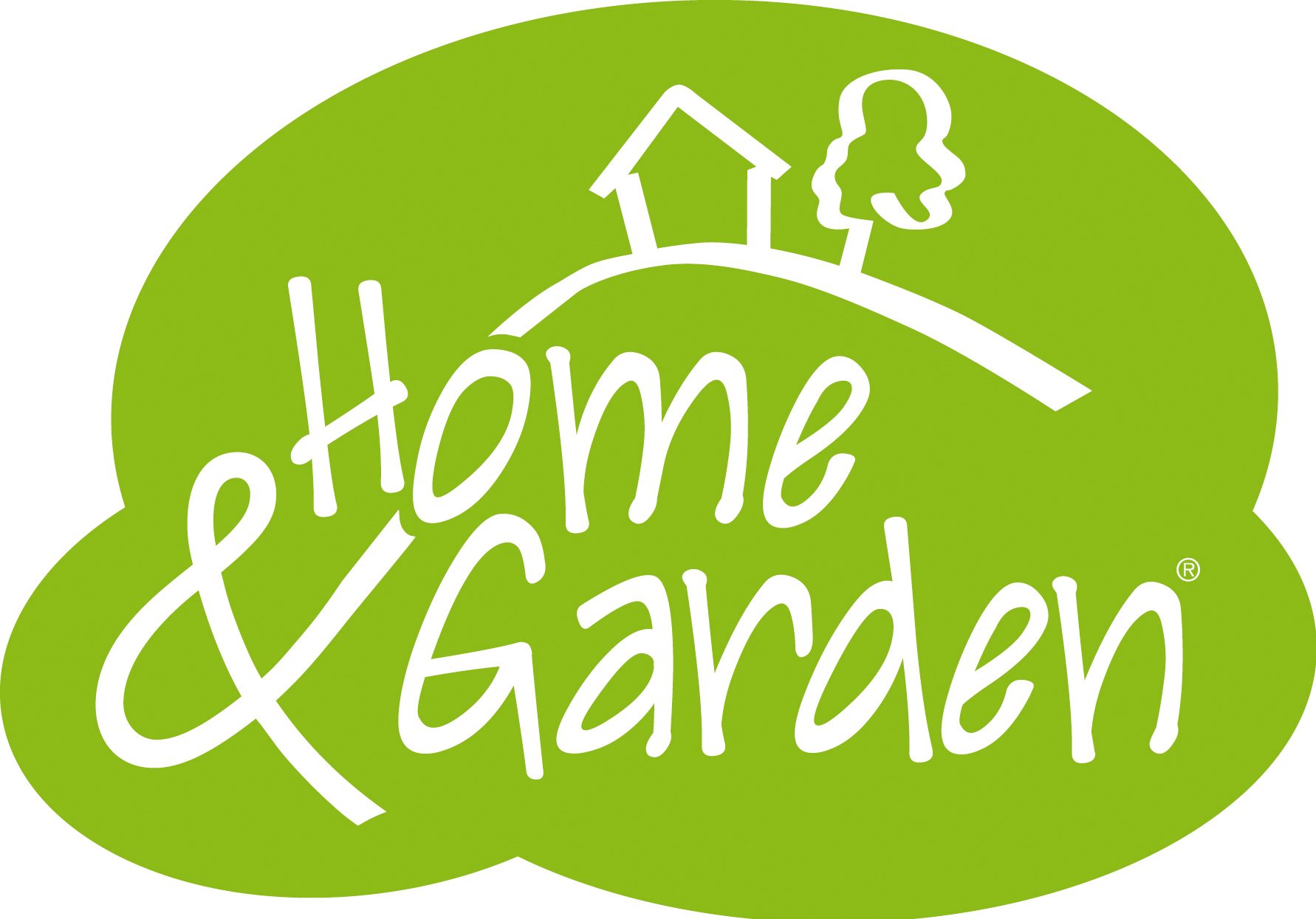
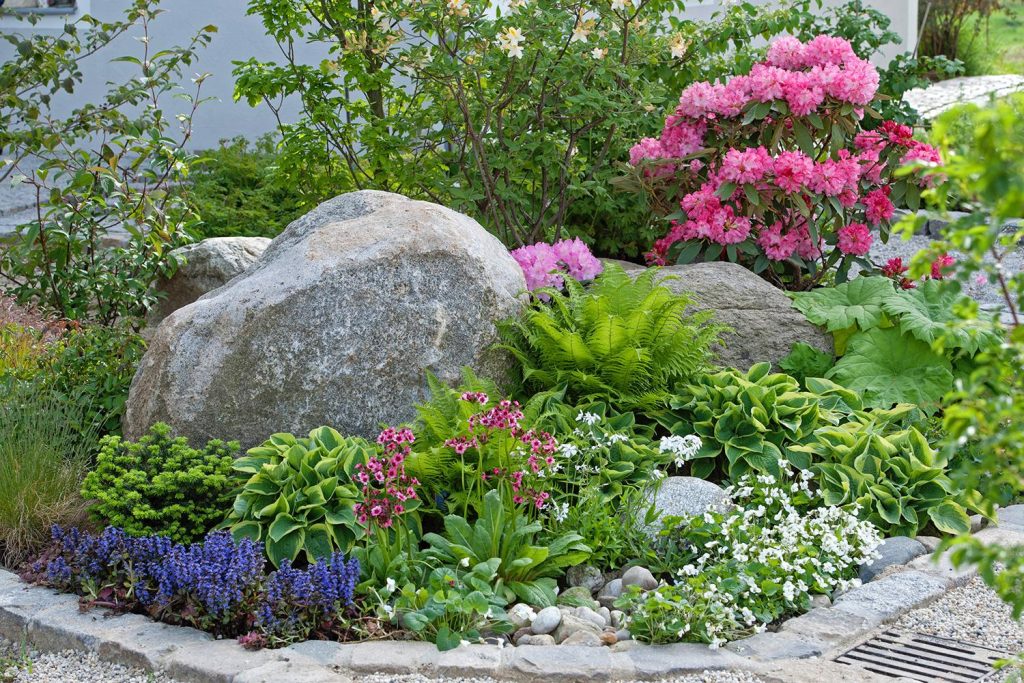


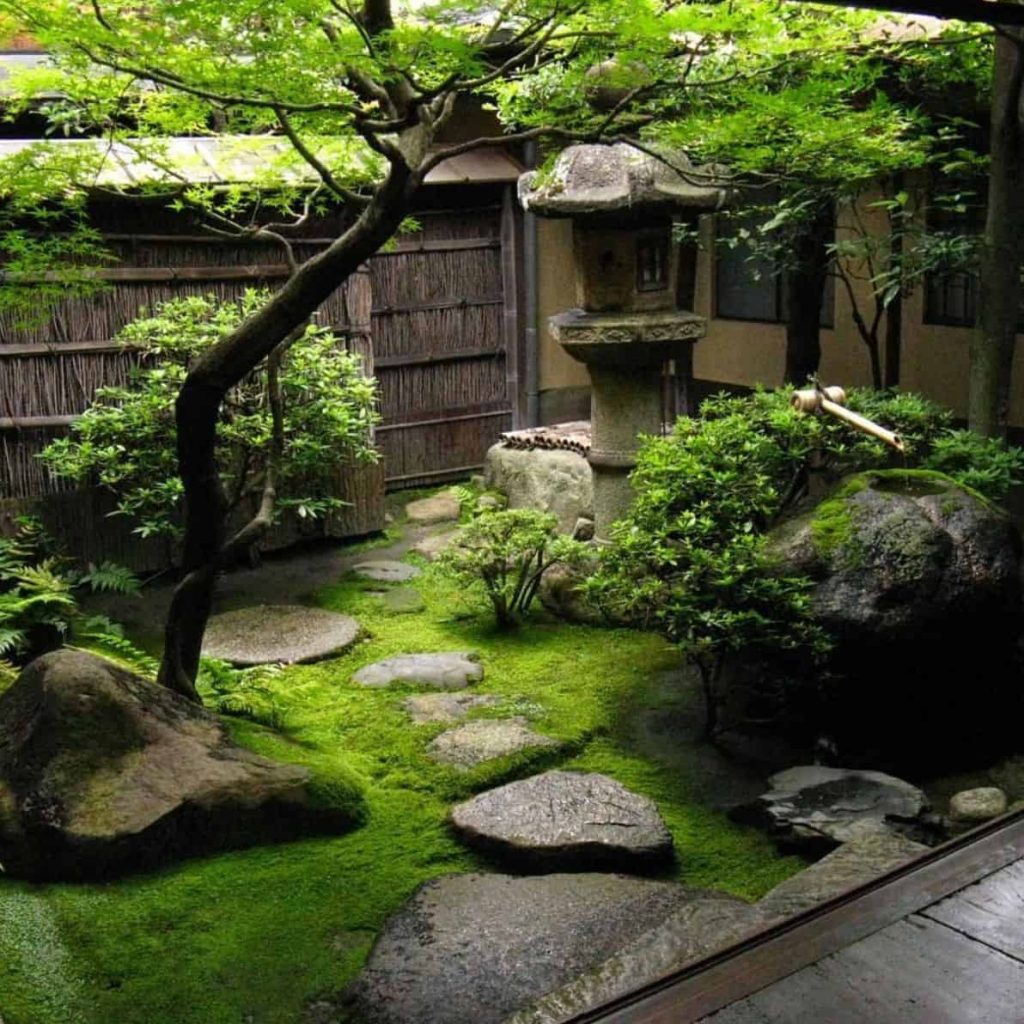
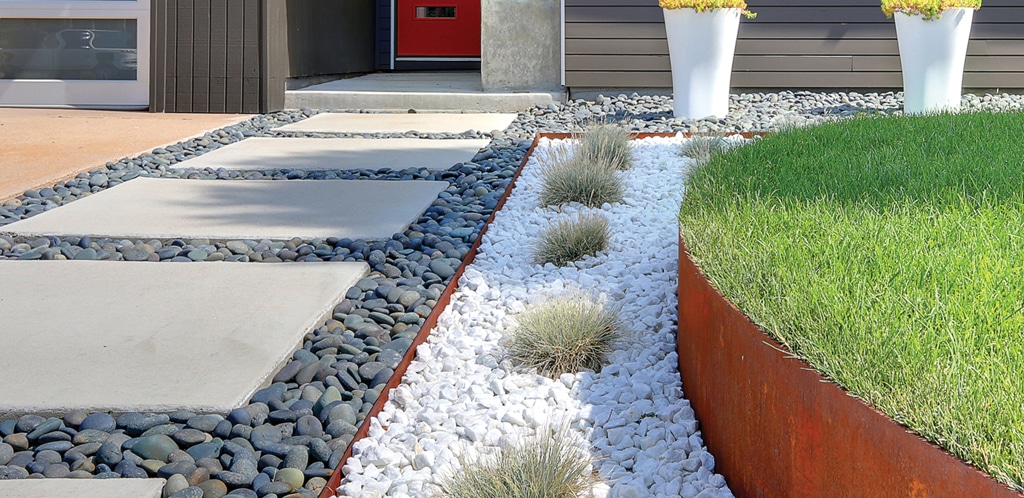


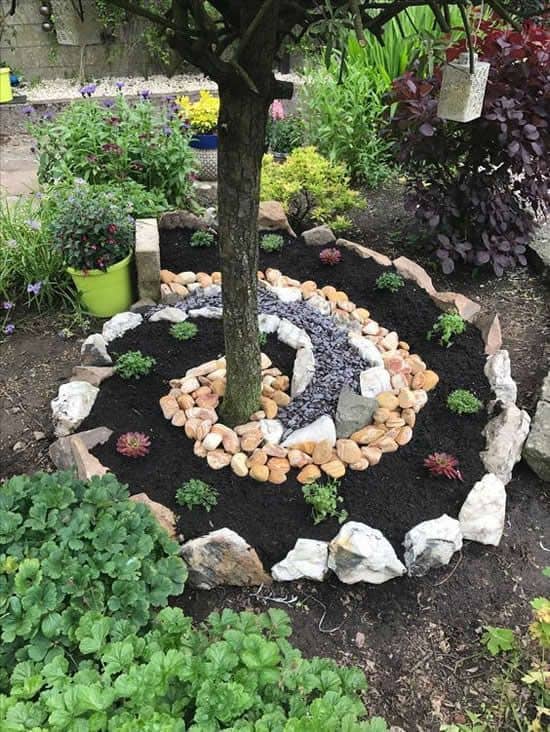

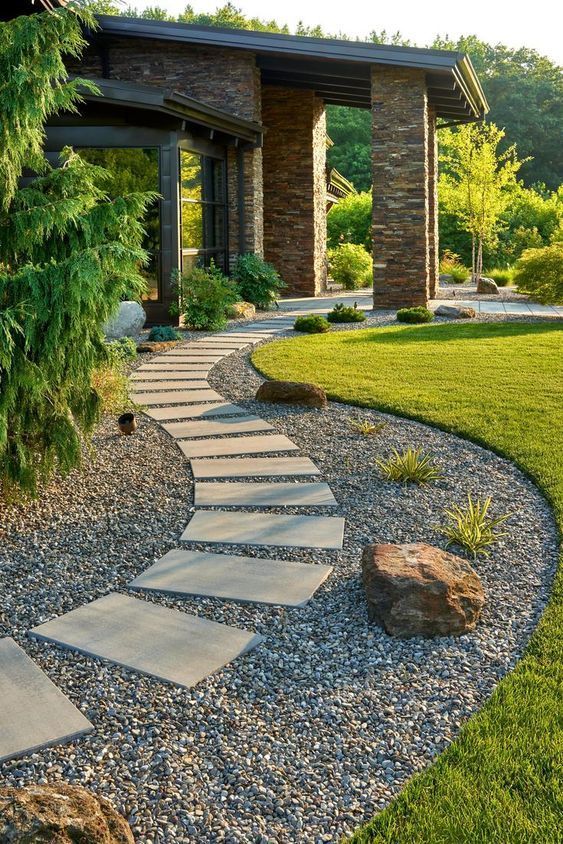
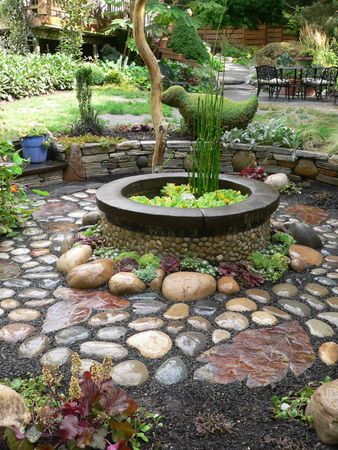



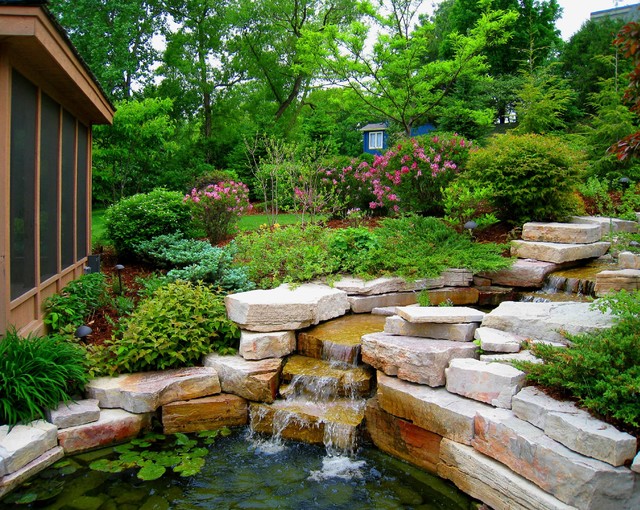






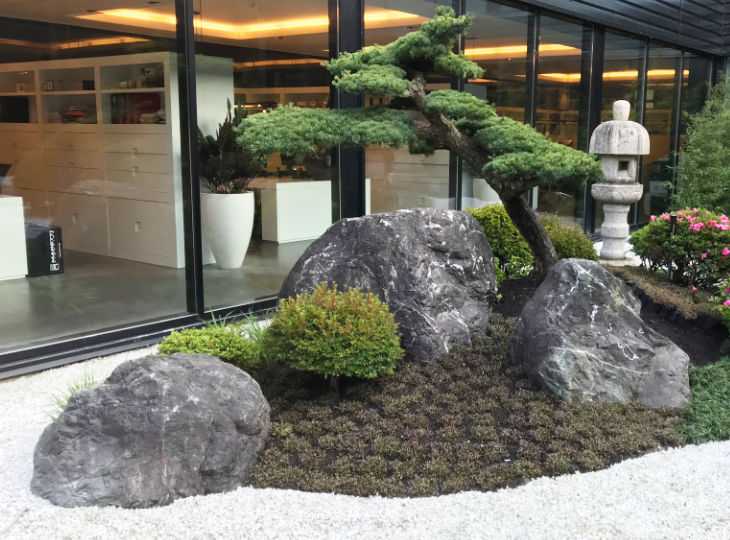



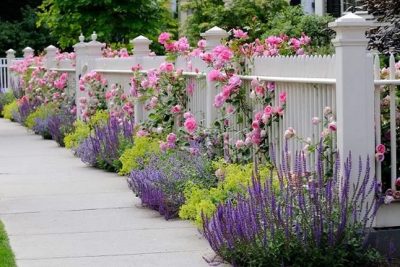
Related posts